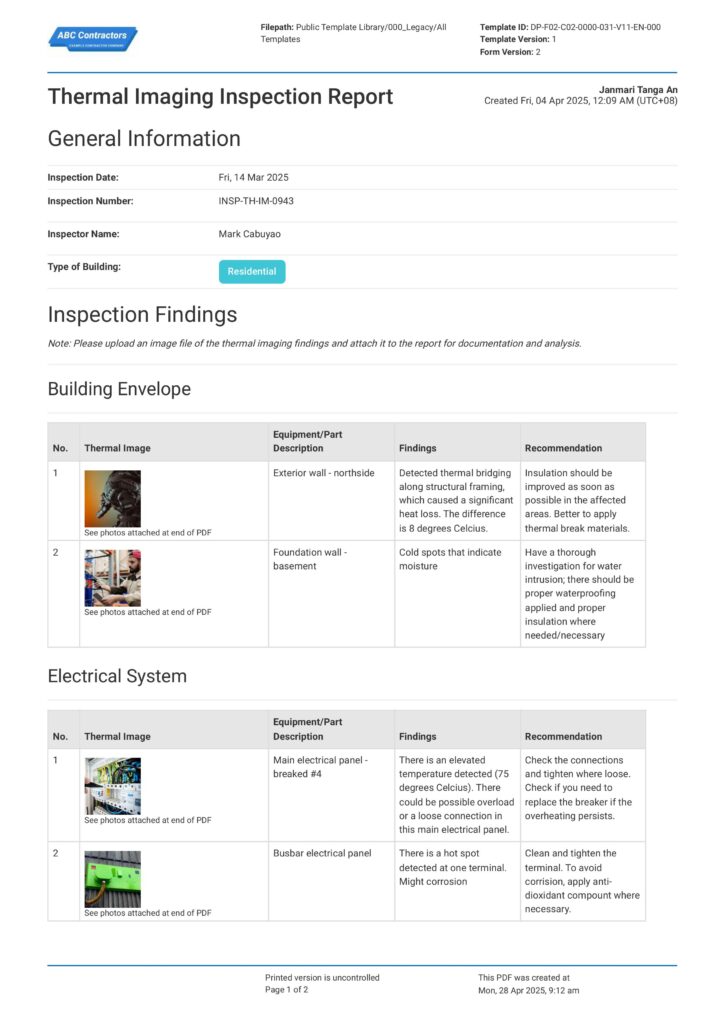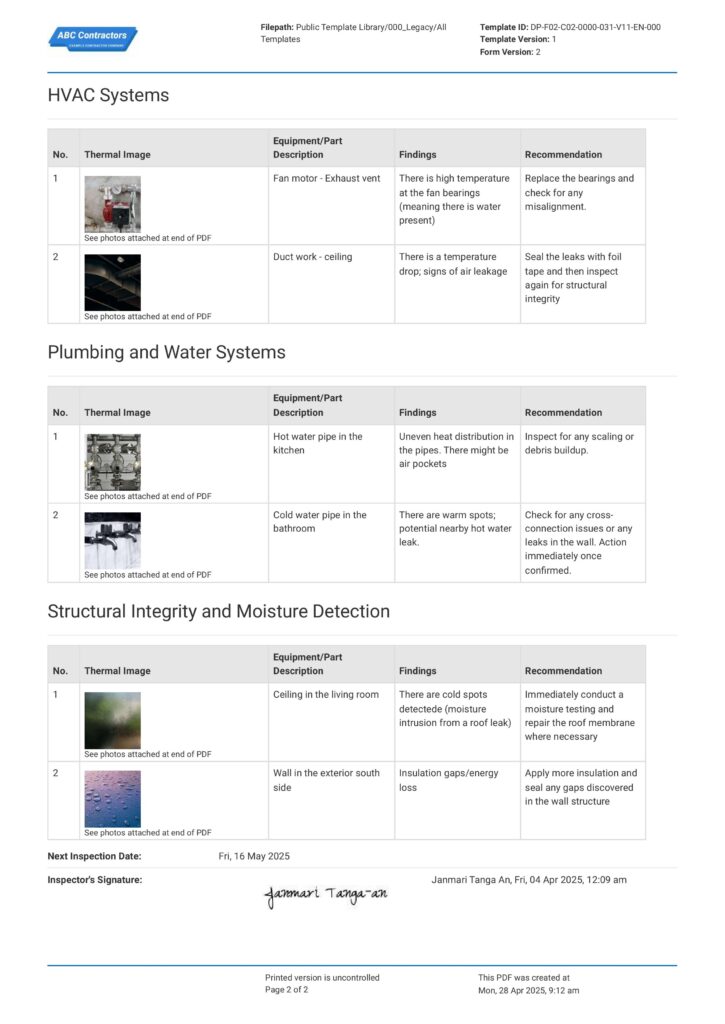Thermal Imaging Inspection Report Template
Start with a free 30-day trial. No credit card required.
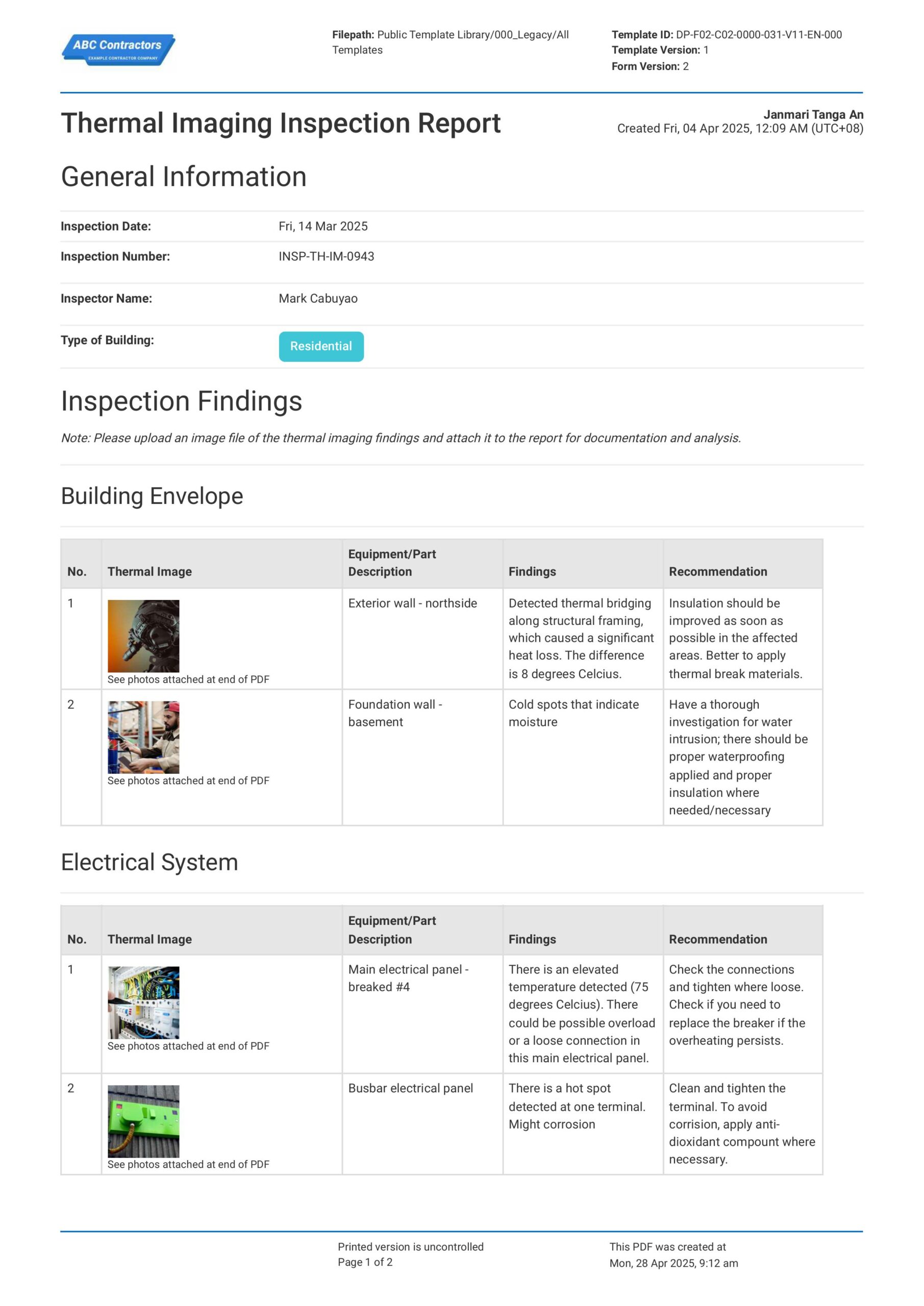
~10,000 employees
~500 employees
~25,000 employees
~20 employees
~50 employees
~1,500 employees
~20 employees
What is a Thermal Imaging Inspection Report?
A Thermal Imaging Inspection Report is a record that logs the results of thermal scans when conducting a building envelope inspection – particularly thermal imaging inspection. It's a document that mainly holds the results of visual (thermal images) evidence, whether just regular temperature readings or concerns like overheating equipment, or moisture build up.
Thermal imaging inspection is a non-invasive inspection method, which means you don't have to cut walls open, drill, or dismantle anything to get thermal images. You use a thermal gun that displays the thermography of a specific object, detecting temperature variations within the building, moisture, leakage, electrical, and mechanical faults. This makes a Thermal Imaging Inspection Report an especially essential tool for logging hidden issues not visible to the naked eye.
Compare this digital Thermal Imaging Inspection Report to manual Word, Excel and PDF forms
Use this Thermal Imaging Inspection Report template for free.
What is examined in a thermal imaging inspection?
When conducting a thermal imaging inspection, you need to focus on key areas that potentially reveal any signs of hidden issues and where there might be abnormal temperature changes. Below are the elements that are typically examined during the inspection:
Air and Gas Leaks
Air leaks are difficult to detect when just using our natural sense of sight. Unnoticed air leaks could potentially lead to dangerous situations like building fires and explosions. Thermal cameras can show you colder or warmer places by sensing temperature changes and indicate where cold air is entering or leaving. This feature helps identify air leaks around windows and other building envelope breaches.
Moisture
Thermal cameras are excellent at capturing moisture in structural building components. They can detect moisture buildup on walls, foundations, roofs, and floorings. Moisture in these structural components can easily be identified since they exhibit slower temperature changes, which appear as a cooler area in the camera. Moisture can introduce damage, like molds and decay in structural components, so it is better that solutions are provided to them to prevent such damages.
Electrical and Mechanical Heating
Electrical and mechanical components in the building, like the air conditioning systems, operate on a required level of heat. Thermal imaging cameras can detect issues with electrical or mechanical systems, as they heat up when there's a problem. Detecting these can help provide a solution to the problematic system, which can prevent fires due to system failure.
Insulation Problems
Significant energy losses from inadequate insulation in a structure may have a direct impact on the cost and efficiency. Thermal imaging cameras help identify these insulation defects. Defects in insulation produce different thermal patterns from the remainder of a building. These cameras may visually identify regions with missing or insufficient insulation by recording these temperature fluctuations.
What building components should be inspected using thermal imaging?
Look at the right areas to maintain the structural soundness of the building. Inspect these building components using thermal imaging:
Building Envelope
The building envelope serves as a barrier between the outside and inside areas of the building. Thermal inspection on these parts allows you to detect external intrusions like moisture, air, and frost. These things have the potential to damage structural components, which can deteriorate the integrity of the building.
Electrical Systems
Thermal imaging inspections can help identify abnormal heat generated by an electrical defect, such as overloaded circuits, loose connections, worn-out components, failing breakers or transformers, and electrical arcing or shorts. Providing a solution to such defects helps prevent fires and structural deterioration of studs, joists, drywall, and insulators.
HVAC Systems
The thermal inspection can help detect leaks in ducts, poorly insulated vents, and problems with the refrigerant lines. These problems can generate moisture, which introduces molds and rot into structural components, thereby weakening their integrity. Aside from detecting issues that compromise the structural integrity of the building, detecting such problems can compromise the comfort and energy balance of the building, which increases the utility costs of the building.
Water Piping Systems
An establishment's plumbing and pipe damage has several troubling effects on the structure. It introduces moisture and promotes the growth of mildew and rot. It also can erode soil, harm the foundation, and corrode metal supports that aid in structural integrity. With thermal imaging inspection, hidden leaks are easily identified, preventing the adverse effects that water leaks can do to the building.
Frequently Asked Questions
Why is this the best Thermal Imaging Inspection Report template?
Sitemate's Thermal Imaging Inspection Report is the best building envelope inspection template because you can so easily upload thermal images from your folders onto your reports. It comes pre-built that is aligned to make building inspections smooth-sailing. Thousands of companies across construction and infrastructure industries and any type of worker leverage the convenience and accessibility of this template.
Is this template compliant with ISO and regional standards?
Yes, definitely. This template can be fully configured and aligned with the ISO standards and local/regional standards you follow that are specific about Thermal Imaging Inspection Reports.
Can I tailor this Thermal Imaging Inspection Report for different projects project or edit that aligns with the company?
Yes – this template is completely editable with its drag-and-drop functionality. You can use different fields (like tables, photos section, sketches, formulas, drop down, multiple choice, etc) to create thousands of variations of the template depending on the type of project. You can also add your company's logo, custom headers, and many more.
What formats is this report available in?
You can use this template anytime, anywhere using your computer, mobile phone, and tablet. Fill out the report and take photos easily using your phone, and even upload thermal images from your device. Recorded reports are automatically stored in the database, where you can export as a PDF, CSV, or Word doc.
Other popular templates you can use and edit for free
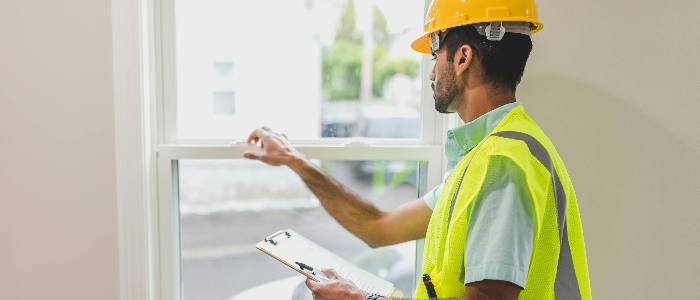
Window Inspection Checklist
Conduct thorough window inspections to enhance life on windows, and maintain overall building structural integrity.
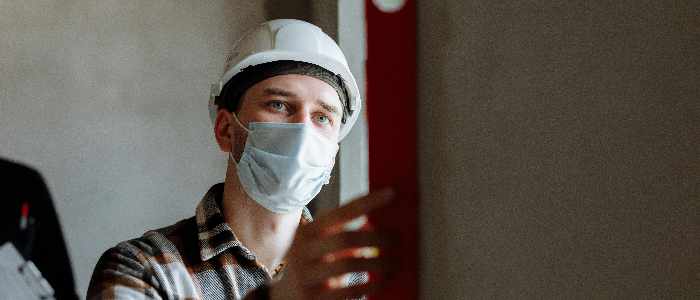
Building Envelope Inspection Checklist
Detail and log issues and concerns of the building envelope with this inspection checklist.
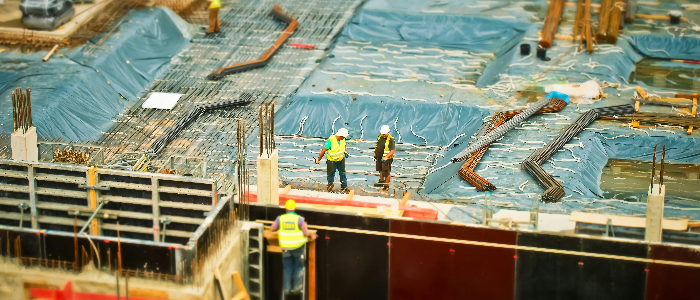
Foundation Inspection Checklist
Easily inspect building foundations with a complete and fully editable template.
This inspection report was generated with Dashpivot software
A digital Thermal Imaging Inspection Report can significantly cut down on the time needed to address structural problems.
- Access, edit and complete Thermal Imaging Inspection Reports from any device - mobile, tablet or computer. Upload thermal images with quick tags to provide better visual evidence.
- Take photos of the actual building components directly from your mobile device, along with the uploaded thermal images.
- Print, download or send your building envelope inspections as perfectly formatted PDF documents with your company logo.
- Automatically store your digital inspection reports in the cloud and share instantly to team members
- Invite internal and external parties to see, edit and sign off on reports online.

Sitemate builds best-in-class software tools for built world companies.
